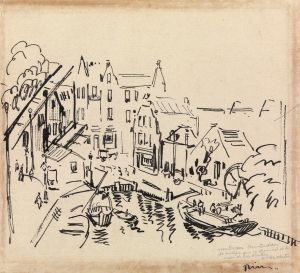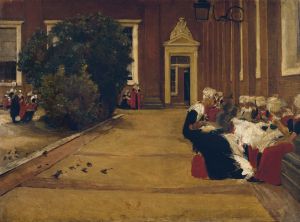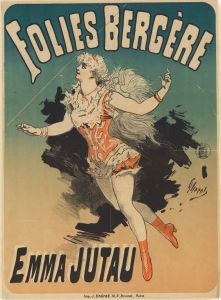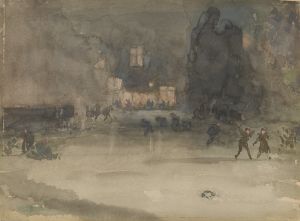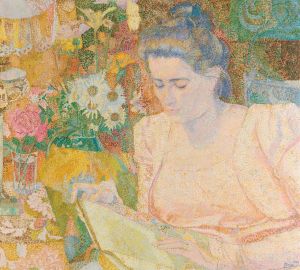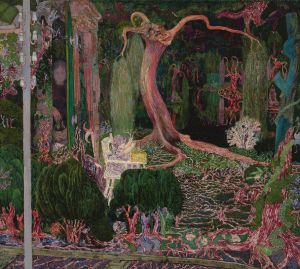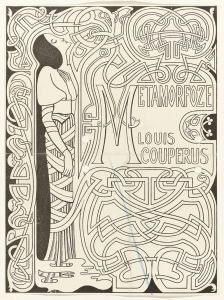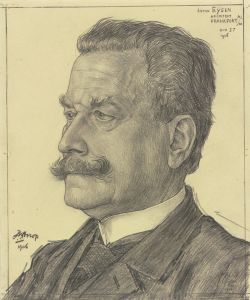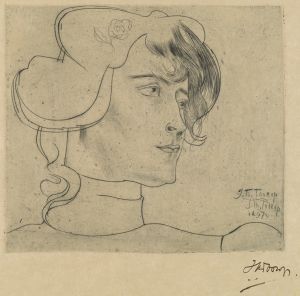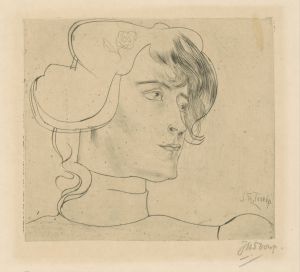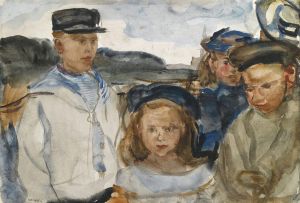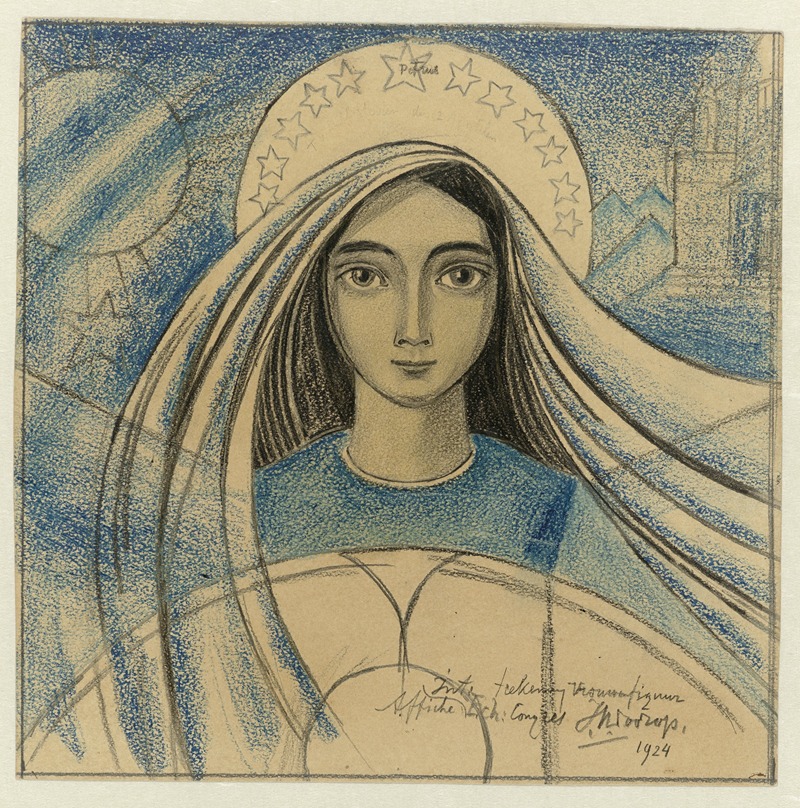
Detailontwerp van een vrouwenhoofd voor een affiche voor het Internationaal Eucharistisch Congres gehouden te Amsterdam van 22-27 juli 1924
A hand-painted replica of Jan Toorop’s masterpiece Detailontwerp van een vrouwenhoofd voor een affiche voor het Internationaal Eucharistisch Congres gehouden te Amsterdam van 22-27 juli 1924, meticulously crafted by professional artists to capture the true essence of the original. Each piece is created with museum-quality canvas and rare mineral pigments, carefully painted by experienced artists with delicate brushstrokes and rich, layered colors to perfectly recreate the texture of the original artwork. Unlike machine-printed reproductions, this hand-painted version brings the painting to life, infused with the artist’s emotions and skill in every stroke. Whether for personal collection or home decoration, it instantly elevates the artistic atmosphere of any space.
Jan Toorop, a prominent Dutch-Indonesian artist, created the artwork titled Detailontwerp van een vrouwenhoofd voor een affiche voor het Internationaal Eucharistisch Congres gehouden te Amsterdam van 22-27 juli 1924 (Detail Design of a Woman's Head for a Poster for the International Eucharistic Congress Held in Amsterdam from July 22-27, 1924). This piece was a preparatory design for a poster intended to promote the International Eucharistic Congress, a significant religious event in the Catholic Church that took place in Amsterdam in 1924.
Toorop was well-known for his Symbolist and Art Nouveau works, and his Catholic faith deeply influenced his later artistic career. After converting to Catholicism in 1905, much of his art reflected religious themes and motifs. This particular design showcases his characteristic style, blending intricate line work and spiritual symbolism. The depiction of the woman's head in the artwork is notable for its delicate and expressive features, which align with Toorop's ability to convey emotion and spirituality through portraiture.
The International Eucharistic Congress was an important gathering for Catholics, focusing on the celebration and promotion of the Eucharist. Toorop's involvement in creating promotional materials for the event highlights his connection to the Catholic community and his role as an artist who contributed to religious and cultural life in the Netherlands.
While the final poster for the Congress may have differed from this preparatory design, the artwork remains a testament to Toorop's skill and his dedication to religious art. The piece is also an example of how art was used to communicate and promote significant events during the early 20th century.
Further details about the specific use or reception of this design are not widely documented. However, it is preserved as part of Toorop's body of work, reflecting his artistic and spiritual journey.





